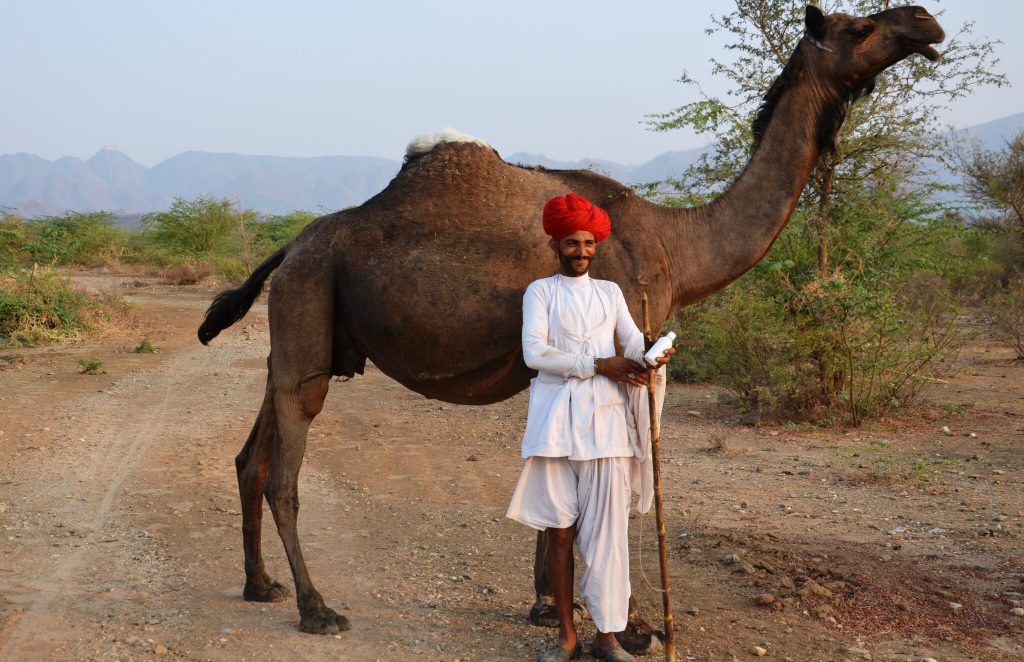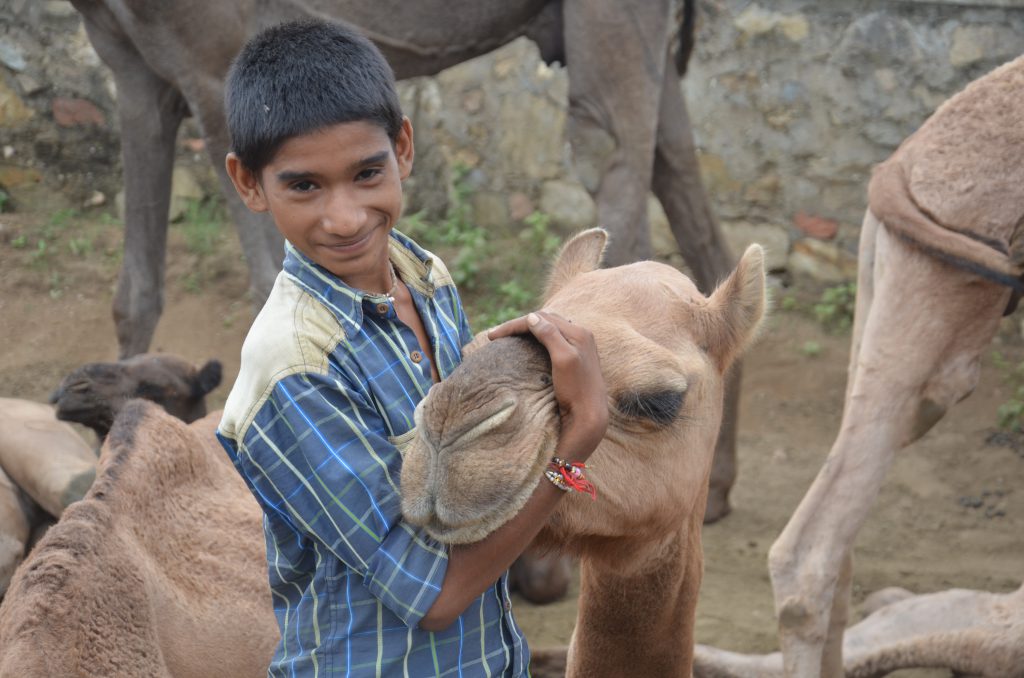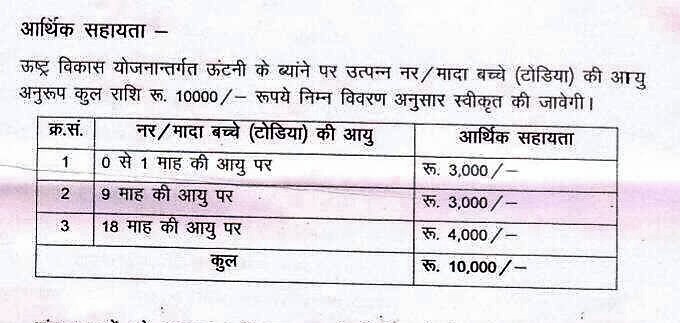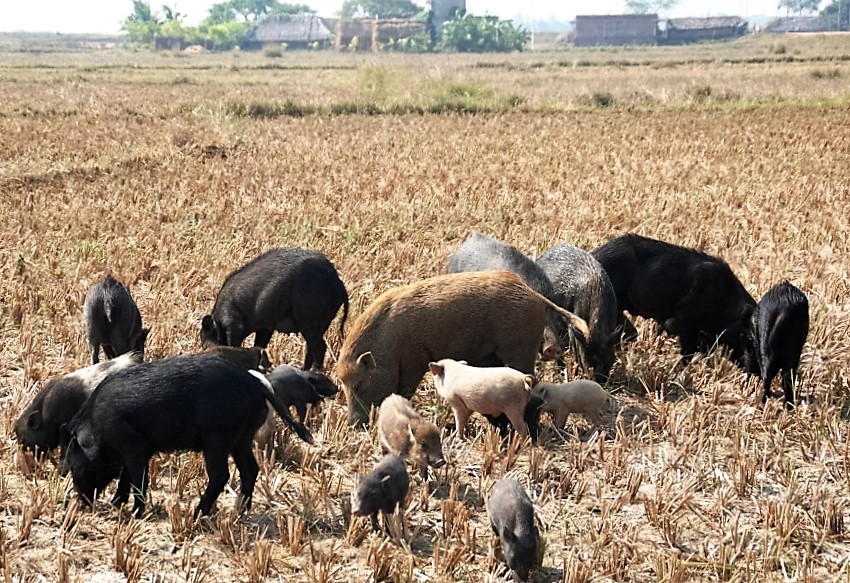
Recently I had the pleasure and privilege to participate in, and co-moderate, with my old friend Dr. Jacob Wanyama a workshop entitled “Making Access and Benefit-Sharing work for Africa’s Animal Genetic Resources”. It was organized by the African Union’s Interregional Bureau of Animal Resources (AU-IBAR) in Kenya and attended by about 40 participants drawn from three different groups: National Coordinators for Animal Genetic Resources, National Focal Points for Access and Benefit-Sharing (ABS) and leaders of breeders’ organizations.
The purpose of the workshop was to develop a roadmap for establishing Biocultural Community Protocols for six African transboundary breeds, Red Maasai sheep, Dorper sheep, Muturu cattle, Azawak cattle, Kuri cattle, and the D’Man sheep.
An important part of the workshop was to inform about the rationale for Livestock Keepers’ Rights, a concept developed by civil society in the run up to the First International Conference on Animal Genetic Resources held in Interlaken in 2007, more than 10 years ago.
The second major aim was to learn how to develop Community Protocols, also known as Biocultural Protocols (BCPs). Community Protocols are a tool enshrined in the Nagoya Protocol on Access to Genetic Resources and the Fair and Equitable Sharing of Benefits Arising from their Utilization to ensure that benefits from genetic resources trickle down to the communities who have created and steward them. They are supposed to reflect and put on record the perceptions, traditional knowlede and preferences of the community in its own words. Therefore they are entirely different from the “breed descriptors” that AnGR experts are familiar with. To get this deviation from the “scientific” approach across is not that easy, but I was extremely gratified when a lady herder from Tchad expressed her takeaway as “Community protocols are about putting the soul back into livestock”. I think that was beautifully put!
The table below spells out some of the differences between a Community Protocol and a Breed Descriptor.
Difference between Community Protocol and Breed Descriptor
| Breed Descriptor | Community Protocol | |
| What is documented ? | A breed | A biodiverse production system, including people/culture, livestock, environment |
| Focus is on | Physical and production characteristics | Traditional knowledge about breeding and biological diversity of feed/forage and medicinal plants |
| Type of documentation | Measurements of body parts and production outputs, usually under controlled (research institute or government farm) conditions | Perceptions about special characteristics of the breed, its value compared to other breeds, folklore, local stories |
| Who documents? | Scientist/Geneticist | Community, possibly facilitated by NGO |
| Purpose | To obtain scientific description and record of a country’s animal genetic resources | To claim community ownership over a breed and identify/put on record the pressures on a breed and the prerequisites for its conservation and continued sustainable use. |
| Relevance to Access and Benefit-Sharing | none | yes |
| Description of threats and opportunities | no | yes |
| Information about conservation needs | no | yes |
Keeping livestock these days is a challenging task that requires passion in order to hang on to it instead of looking for an alternative livelihood. That was again beautifully illustrated on the last day of the workshop when we went on a fieldtrip to visit a Maasai lady keeping a flock of several hundred almost totally pure Red Maasai sheep. She shared her trials and tribulations with us. Her biggest problem was theft: sometimes gangs would drive up in SUVs and stuff as many sheep as they could into them. Another threat was from leopards who would sometimes go on a rampage among the flock. But throughout the dialogue with her what really shone through was her love and passion for her animals. Each of them had a name. Like all good pastoralists she knew exactly how each animal was related to any other in the flock. This was incomprehensible to some of the scientists who urged her to keep written records.
All in all, it is encouraging that AU-IBAR has adopted the BCP idea. So glad that Africa is taking the global lead in this! But Argentina is also gearing up, as you will see in an upcoming interview with Dra Maria Rosa Lanari who is the agrobiodiversity coordinator of INTA, Argentina’s agricultural research institute.

 Follow
Follow

























